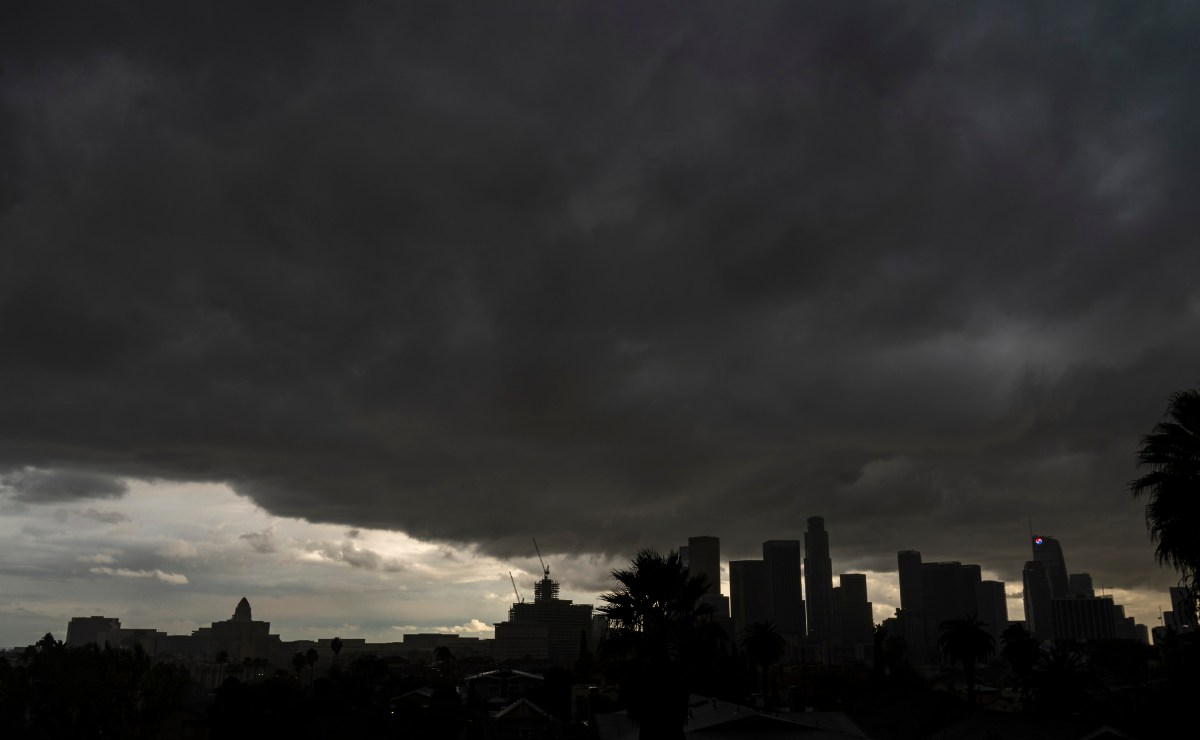California’s Southern Surge: Understanding the Impact of Winter Storms
In recent weeks, Southern California has experienced a powerful winter storm that has brought unprecedented rainfall to the region. This intense weather event has raised serious concerns about flooding and mudslides, leading communities to brace for potential impacts. As the storm continues to unfold, it becomes increasingly clear that California’s unique geography faces new challenges in the wake of these severe weather occurrences. This article delves into how these winter storms are transforming the landscape of Southern California, exploring the environmental, social, and infrastructural implications.
The Mechanics of Southern California’s Winter Storms
Winter storms in Southern California are not uncommon; however, the intensity and frequency of recent events have sparked alarm among meteorologists and residents alike. These storms typically form when moist air from the Pacific Ocean collides with cold air from the north, resulting in heavy precipitation. The topography of Southern California, characterized by mountains and valleys, significantly influences how these storms manifest. As rain falls, the landscape’s ability to absorb water is critical in preventing flooding.
The Rainfall Record
Recent storms have broken records across several areas in Southern California. For instance, cities like Los Angeles and San Diego have reported rainfall amounts that surpass typical seasonal averages. According to the National Weather Service, certain regions recorded over 10 inches of rain in just a few days, a stark contrast to the drought conditions that have plagued California in recent years. This sudden influx of water poses a dual threat: while it alleviates drought conditions, it also increases the risk of flooding.
Flooding and Mudslides: A Growing Concern
The immediate concern following these storms is flooding. Areas with steep terrain, such as foothills and mountains, are particularly susceptible to runoff, which can quickly lead to dangerous flooding situations. Moreover, the saturated ground can no longer support the weight of the water, resulting in mudslides that can devastate homes and infrastructure.
- Flooding Hazards: Road closures, damage to homes, and disruptions to local businesses are common consequences of severe flooding.
- Mudslide Risks: Areas that have experienced wildfires in the past are especially vulnerable, as the lack of vegetation can lead to increased erosion.
The aftermath of these storms often reveals the vulnerability of communities that are unprepared for such extreme weather events. Communities must implement strategies to mitigate these risks, such as improving drainage systems and establishing emergency response protocols.
Transforming the Landscape: Environmental Changes
California’s Southern Surge is not just about immediate hazards; it’s also about long-term changes to the landscape. The heavy rainfall can lead to significant alterations in local ecosystems. For instance, rivers that have been dry for years can swell, leading to the creation of new waterways that impact wildlife habitats.
Impact on Flora and Fauna
The influx of water can also lead to a boom in plant and animal life. Native vegetation that has struggled through periods of drought may flourish, creating a vibrant ecosystem. However, this sudden change can also introduce challenges:
- Invasive Species: With increased water availability, invasive plant species may thrive, outcompeting native flora.
- Wildlife Adaptation: Animals may need to adapt their behaviors to cope with the new landscape, which could alter migration patterns and feeding habits.
These environmental transformations necessitate careful monitoring and management to ensure the health of Southern California’s ecosystems. Conservationists and environmentalists play a crucial role in assessing the long-term impacts of these winter storms.
Community Resilience and Preparedness
As Southern California grapples with the effects of these winter storms, community resilience becomes paramount. Local governments and organizations are working on strategies to enhance preparedness and response capabilities. Some key areas of focus include:
- Public Awareness: Educating residents about the risks associated with flooding and mudslides is crucial. Community workshops and informational campaigns can empower individuals to take action.
- Infrastructure Improvements: Investing in better drainage systems and flood control measures can mitigate the impact of heavy rainfall.
- Emergency Response Planning: Establishing clear evacuation routes and emergency shelters can save lives during extreme weather events.
Moreover, collaboration between state agencies, local governments, and community organizations is essential for effective disaster management. By pooling resources and sharing knowledge, these groups can create a robust framework for dealing with future storms.
The Silver Lining: Water Resource Management
While the immediate effects of the winter storms are concerning, there is a silver lining. The significant rainfall contributes to replenishing reservoirs and groundwater supplies that have been critically low due to prolonged drought conditions. As California continues to battle water scarcity, utilizing stormwater effectively can play a vital role in water resource management.
Innovative Solutions
Communities are exploring innovative solutions to capture and utilize stormwater. Techniques such as:
- Rainwater Harvesting: Collecting rainwater from rooftops and directing it to storage systems for later use.
- Permeable Pavements: Installing surfaces that allow water to filter through, reducing runoff and promoting groundwater recharge.
These methods not only help manage excess water during storms but also contribute to sustainable water practices in the long run. As California adapts to its changing climate, integrating such solutions becomes increasingly important.
Conclusion: Navigating the Future
California’s Southern Surge presents both challenges and opportunities. As the region faces the impact of winter storms, it is vital for communities to remain vigilant and proactive. By understanding the dynamics of these storms and their effects on the landscape, residents and officials can work together to enhance resilience, protect the environment, and manage water resources effectively.
While the threat of flooding and mudslides looms large, the potential for rejuvenation and growth also exists. With careful planning and community engagement, Southern California can navigate the complexities of its changing climate and emerge stronger in the face of adversity.
See more Your Daily Weather



